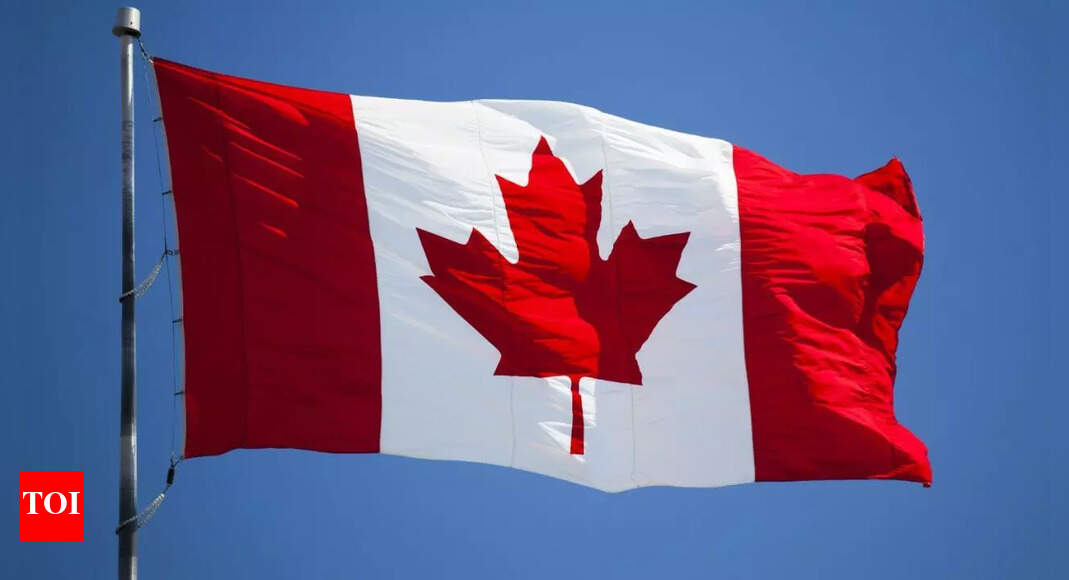
U.S. President Donald Trump speaks in the Oval Office on the day he signs an executive order, at the White House in Washington, D.C., U.S., on May 23, 2025.
| Photo Credit: Reuters
U.S. President Donald Trump has said, “It is ok for Apple to go to India to build its plants, but then the tech company will not be able to sell its products in America without tariffs”.
Mr. Trump’s remarks came as he signed multiple executive orders in the Oval Office to boost the U.S nuclear power.
Trump insists Apple manufacture iPhones in the US, not India
| Video Credit:
The Hindu
“…But I had an understanding with Tim [Cook] that he wouldn’t be doing this. He said he’s going to India to build plants. I said, ‘That’s okay to go to India, but you’re not going to sell into here without tariffs.’ And that’s the way it is,” Mr. Trump said on Friday (May 23, 2025).
“We’re talking about the iPhone. If they’re going to sell it in America, I want it to be built in the United States,” he said.
Early on Friday (May 23, 2025), Mr. Trump said in a social media post that he expects Apple iPhones that will be sold in the US to be manufactured in America and “not India, or anyplace else”, threatening to put a 25% tariff on the tech company’s products if it does not comply.
“I have long ago informed Tim Cook of Apple that I expect their iPhones that will be sold in the United States of America will be manufactured and built in the United States, not India, or anyplace else. If that is not the case, a Tariff of at least 25% must be paid by Apple to the US. Thank you for your attention to this matter!” Mr. Trump said.
Just last week, Mr. Trump had said in Doha during his visit to the Middle East that he had told the Apple CEO to not build in India and instead build its manufacturing capacity in the US.
“We have Apple, as you know, that’s coming in, and I had a little problem with Tim Cook yesterday,” Mr. Trump had said in Doha in remarks to top executives.
“I said to him, ‘Tim, you’re my friend. I treated you very good. You’re coming here with $500 billion, but now I hear you’re building all over India. I don’t want you building in India. You can build in India if you want to take care of India because India is the highest, one of the highest—tariff nations in the world. It’s very hard to sell into India. And they’ve [India] offered us a deal where, basically, they’re willing to literally charge us no tariff,” he had said.
Earlier this month, Mr. Cook had said in a Q2, 2025 Earnings Conference call that the existing tariffs that apply to Apple today are based on the product’s country of origin.
“For the June quarter, we do expect the majority of iPhones sold in the U.S. will have India as their country of origin and Vietnam to be the country of origin for almost all iPad, Mac, Apple Watch, and AirPods products sold in the U.S,” Mr. Cook had said.
On Mr. Trump calling for Apple to shift iPhone production from India to the U.S., research firm Counterpoint Research Research Director Tarun Pathak had said last week that “this is a familiar Trump tactic, He wants to push Apple to localise more and build a supply chain in the U.S, which is not going to happen overnight. Making in the U.S. will also be much more expensive than assembling iPhones in India.”
Counterpoint Research Vice President Neil Shah said that “Apple has been doing a lot of groundwork in India, which has helped it successfully manage some of the U.S. iPhone demand from its India production facilities”.
“In terms of capacity, India has enough to potentially meet all U.S. iPhone demand in the future, but the ecosystem needs to be ramped up. We will see more efforts towards this as well as products beyond iPhones. We expect made-in-India iPhones to account for 25%-30% of global iPhone shipments in 2025, as compared to 18% in 2024.”
Published – May 24, 2025 11:31 am IST



